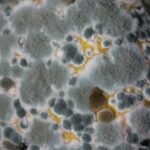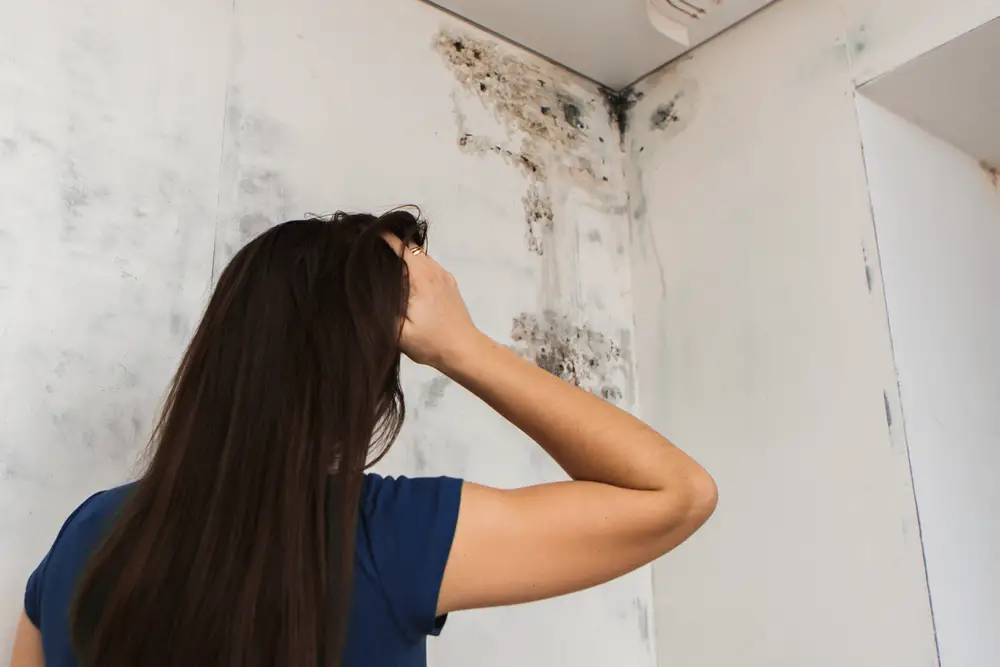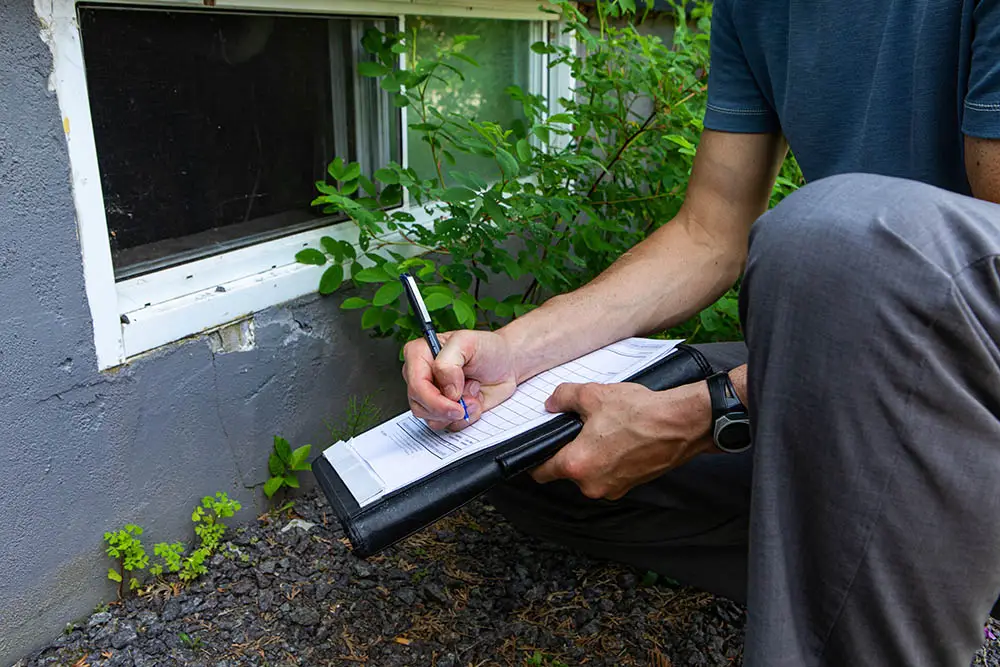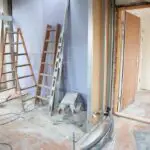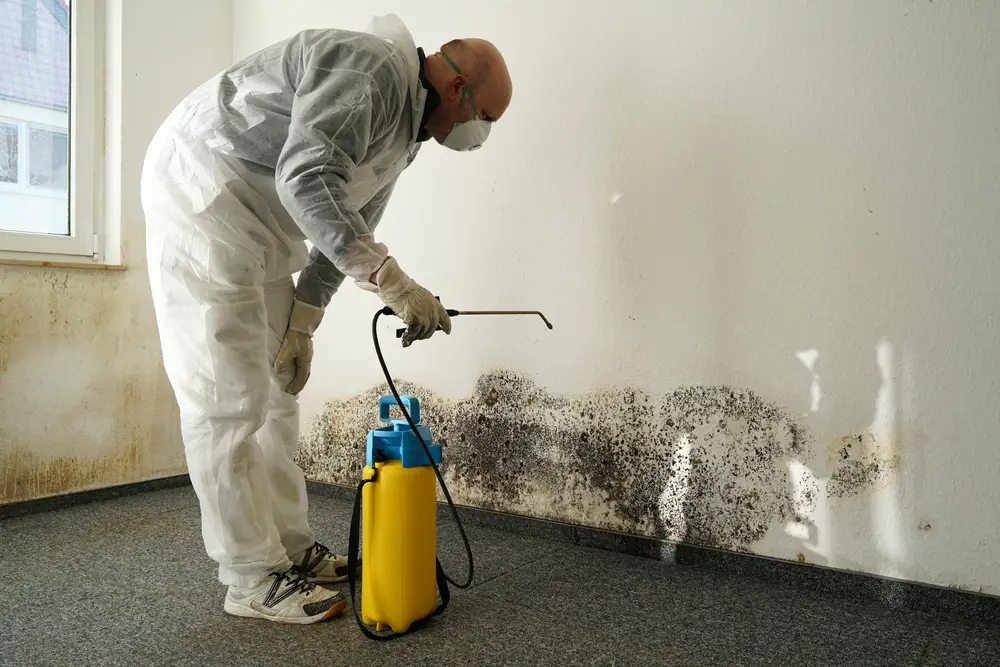If you’re thinking of going through a mold remediation and winding will mold come back after remediation, we’ll you’ve come to the right place. Let’s discuss mold remediation and how effective it will be in getting rid of mold.
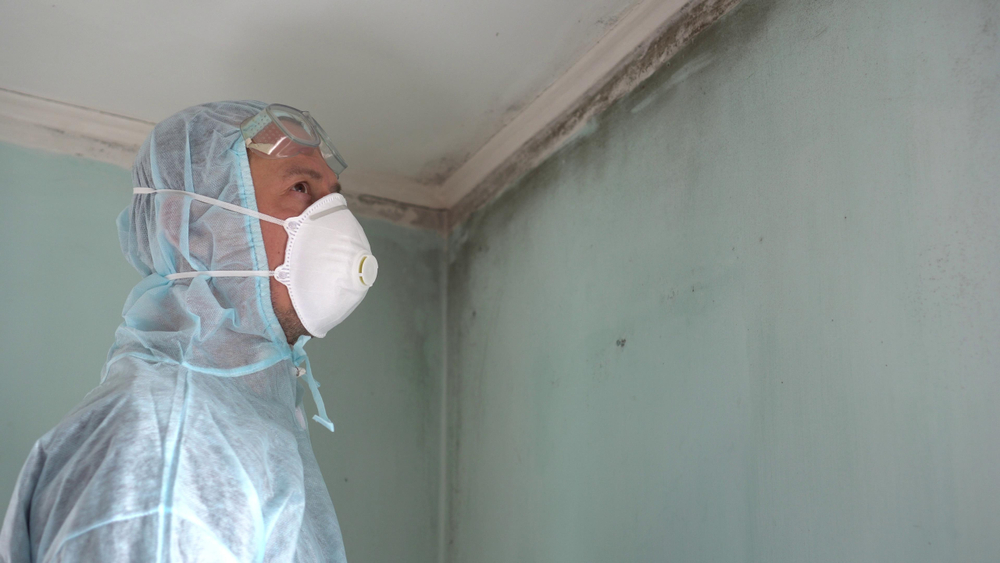
Every homeowner dreads finding mold around their house, and noticing that mold has managed to infiltrate a small or significant part of your home can be worrying. Mold is usually caused by poor ventilation, or an undetected leak somewhere in your home and does more than just ruin your paint work. If left untreated, mold can cause significant damage to your home and health, and must be taken care of accordingly.
Will Mold Come Back After Remediation?
The short answer is, yes, mold can return after remediation. However, this will only occur if you fail to find the source of moisture that is responsible for the mold problem in the first place.
As a result, whether the source is a leaking window or a condensation problem, you must take the precautions to fix it and be mindful that you need to keep on top of the problem.
This is because mold thrives in high-moisture environments. As a result, even if you’ve sought help from a remediation team and have ensured that your home has had all of the mold removed, the mold may begin to grow again if the source of the moisture problem has not been rectified.
For instance, if you have a window that hasn’t been sealed properly or the sealant has started to deteriorate, then mildew and mold could begin to grow.
Temperature changes cause window seals to expand and contract, breaking them down over time. In this situation, it is natural for condensation to appear on the windows and can be made worse by bad weather conditions and poor ventilation.
Although condensation might not seem like a big issue in the beginning, over time, mildew and mold can appear around the window due to the moisture as a result of this condensation.
Black spots begin to form, and you’re left with a musty smell that’s noticeable every time you walk into the room.
In this circumstance, you might likely want to hire a mold remediation team to fix the issue. Yet even after removing all traces of mold, the mold could still return unless you solve the main condensation issue, the window seals.
To ensure you keep your home in the best condition, it’s essential that you conduct mold remediation and also locate and fix the underlying moisture problem.
If you don’t take the proper precautions, mold will simply regrow, even if the remediation team did their best to eradicate the mold the first time around.
Does Mold Remediation Come With A Warranty?
The answer to this question will depend on the company that you use for remediation. If the company does offer a warranty with their service, the warranty will come with certain conditions that you need to follow for your warranty to cover mold regrowth.
Many companies offer warranties with their services for mold remediation. However, if mold re-growth does occur on the treated surfaces, the company reserves the right to investigate the root cause to determine if the warranty claim is valid.
For instance, if a company states that you are obligated to ensure that there are no pipe leaks and no high humidity levels, then you must work hard to ensure that you follow the conditions that they provide. Failure to do so could result in a void warranty.
Remediation is only effective if you maintain your house properly. That being said, you need to keep the room with the mold patches well ventilated, and take all precautions and preventive measures to ensure that the mold does not come back.
Steps To Prevent New Mold Growth
Find The Source of Mold
This can take some time and effort to investigate but is entirely necessary. Finding and rectifying the underlying moisture issue, and subsequent mold, will save you a ton of time and money down the line. Alongside this, if you address the issue as soon as possible, there will be far less of a chance of needing to retreat for mold in the same place.
Fix Moisture Levels of Your Space
If your house feels and smells like damp, then you need to work to fix the dampness in these rooms before mold starts to grow and develop. Some high moisture places to begin include areas around the roof and gutters, alongside household appliances such as the washer, the dishwasher, refrigerators with an ice maker and water heaters.
Control or Reduce Humidity Level In Your Space
Mold requires high humidity levels to grow. Set your humidity level at 50% or below but ensure that the room is warm enough to make the rooms in your house comfortable.

